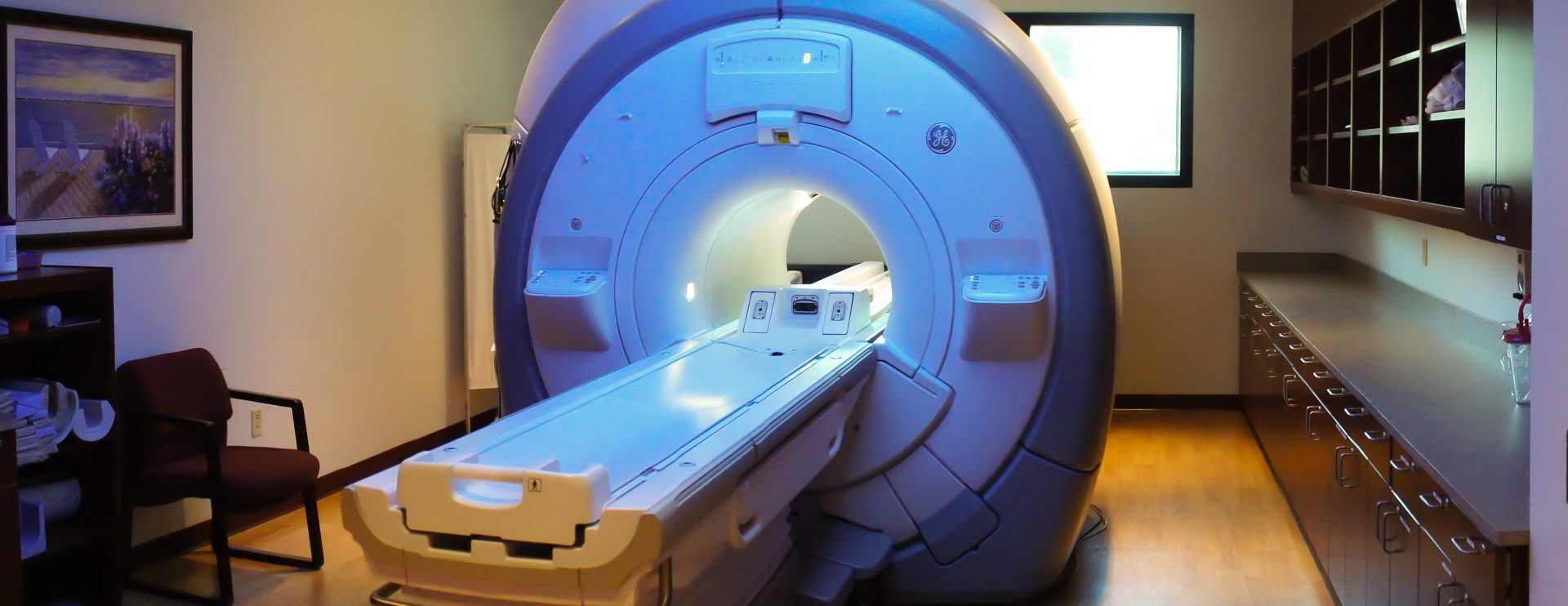
Juvenile arthritis is an umbrella term for rheumatic and inflammatory diseases that occur in children under the age of 16. Juvenile arthritis, JA, affects nearly 300,000 children and teenagers in the U.S. Most types of JA are autoinflammatory or autoimmune, which means that the immune system gets confused and releases inflammatory chemicals that attack healthy tissue and cells, rather than do what it is supposed to do and protect the body by fighting off germs, viruses and foreign invaders.
This attack on the body by the autoimmune system causes inflammation, pain and swelling in the joints, although some types of JA do not affect the joints at all. Some types of JA affect internal organs and the skin. No two children with JA experience the exact same symptoms. The needs of each affected child and their family differs regarding pain management, education solutions, meals, medication, physical and emotional well-being.
Types of Juvenile Arthritis
There are many types of juvenile arthritis, also called a pediatric rheumatic disease, which covers many forms of autoimmune and autoinflammatory illnesses. The most common types of JA include the following:
- Juvenile idiopathic arthritis (JIA) – JIA used to be called juvenile rheumatoid arthritis (JRA), although the name was recently changed because the type of RA that affects children and teens is not the same as the adult disease. JIA is the most common type of juvenile arthritis and includes six various sub-types:
- Oligoarthritis – this is the most common sub-type of JIA and affects four joints or less, usually larger joints like the knees, elbows and ankles
- Juvenile psoriatic arthritis (PsA) – common symptoms include a scaly rash on the eyelids, behind the ears, elbows, knees, scalp and naval. PsA also includes joint symptoms affecting one or more joints, commonly in the wrists, ankles, knees, toes and fingers.
- Polyarthritis – this type of JA affects about 25% of youths with JIA, and affects five or more joints usually on both sides of the body (both wrists, both knees, etc…) Polyarthritis may affect both small and large joints.
- Systemic – systemic means that the disease affects more than just the joints, it affects joints, skin and internal organs like the heart, liver and lungs. SJIA accounts about 10% of kids with JIA and is sometimes referred to as Still’s disease. Some symptoms include a rash and a high, spiking fever of 103°F or more that can last for 2 weeks.
- Enthesitis-related – this type of JIA typically appears in kids ages 8 to 15 and is more common in boys. Enthesitis related JIA affects the area where the muscles, tendons or ligaments, attach to the bone (entheses). Enthesitis related JIA typically affects the knees, hips and feet but can also affect the elbows, pelvis, fingers, chest, digestive tract, lower back (ankylosing spondylitis).
- Undifferentiated – this type of JIA refers to inflammation present in one or more joints, where the symptoms do not match up with other subtypes of JIA.
- Juvenile Myositis
This type of JA includes two subtypes: Juvenile Polymyositis and Juvenile Dermatomyositis. Juvenile myositis causes muscle weakness and a rash on the knuckles and eyelids.
- Juvenile Lupus
This is an autoimmune disease that affects the joints, skin and internal organs such as the lungs, kidneys and heart, and other parts of the body. Systemic lupus erythematosus, or SLE, is the most common form of Juvenile Lupus.
- Juvenile Scleroderma
This type of JA includes a group of conditions that cause the skin to harden and tighten.
- Vasculitis
Vasculitis is a type of JA that causes inflammation of blood vessels, this can lead to complications with the heart. Henoch-Schonlein purpura (HCP) and Kawasaki disease are the most common types of Vasculitis in children and teens.
- Fibromyalgia
This is a chronic pain syndrome that causes widespread stiffness and muscle pain, as well as disrupted sleep, fatigue and additional symptoms. Fibromyalgia is more commonly seen in girls although is rarely seen prior to puberty.
Juvenile Arthritis Causes and Symptoms
There is no real known cause of JA, although researchers believe that certain genes could be activated by bacteria, a virus or external factors to cause JA. There is no evidence that allergies, foods, a lack of vitamins or toxins cause JA.
The symptoms of JA affect many parts of the body including the joints, internal organs, eyes and skin.
- Joints – Some people experience painful joints that are swollen and tender, making it difficult to complete daily tasks and impacting mobility. Painful joint symptoms may feel worse in the morning or after holding the same position for a long period of time.
- Internal organs – JA can affect the internal organs such as the lungs, heart and digestive tract (bloating and diarrhea).
- Eyes – children with JA may experience sensitivity to light, redness, dryness and vision problems causes by inflammation of the eye.
- Skin – many types of JA can affect the skin by causing a light, spotty pink rash as occurs in systematic types, a scaly red rash as in psoriatic arthritis, rashes on the cheeks and nose which occurs in lupus and hardened patches of skin caused from scleroderma.
Besides affecting the joints and these areas of the body, additional symptoms include fatigue, high fever and loss of appetite.
Diagnosis and Treatment.
A pediatrician may begin to determine the cause of a child’s symptoms and would refer the child to see a rheumatologist who specializes in arthritis. A rheumatologist will perform a medical exam that may include imaging tests to check for joint damage and lab tests to check for certain inflammatory markers.
While there is no cure for JA, early diagnosis and aggressive treatment can make remission possible, with little to no symptoms. The goals of JA treatment are to:
- Alleviate symptoms by controlling pain and improving quality of life
- Slow down or stop the progression of inflammation
- Prevent organ and joint damage
- Preserve mobility and joint function for adulthood
- Reduce the effects that JA has on long-term health
Treatment includes medication, healthy eating habits, physical activity and complementary therapies such as massage, acupuncture and mind-body therapies. Medications may include corticosteroids and disease-modifying antirheumatic drugs (DMARDs).
Support for Children with JA and Families
You can find a wealth of information and support at the Arthritis Foundation, where you can find support for families, groups to connect with, help to finding community support, tips on nutrition, physical activity, emotional well-being and much more.
Greater Waterbury Imaging Center cares about your health and wellness and is committed to providing an exceptional MRI experience. We provide a comfortable, caring exam with fast, accurate results. Contact us for all your MR imaging needs.


